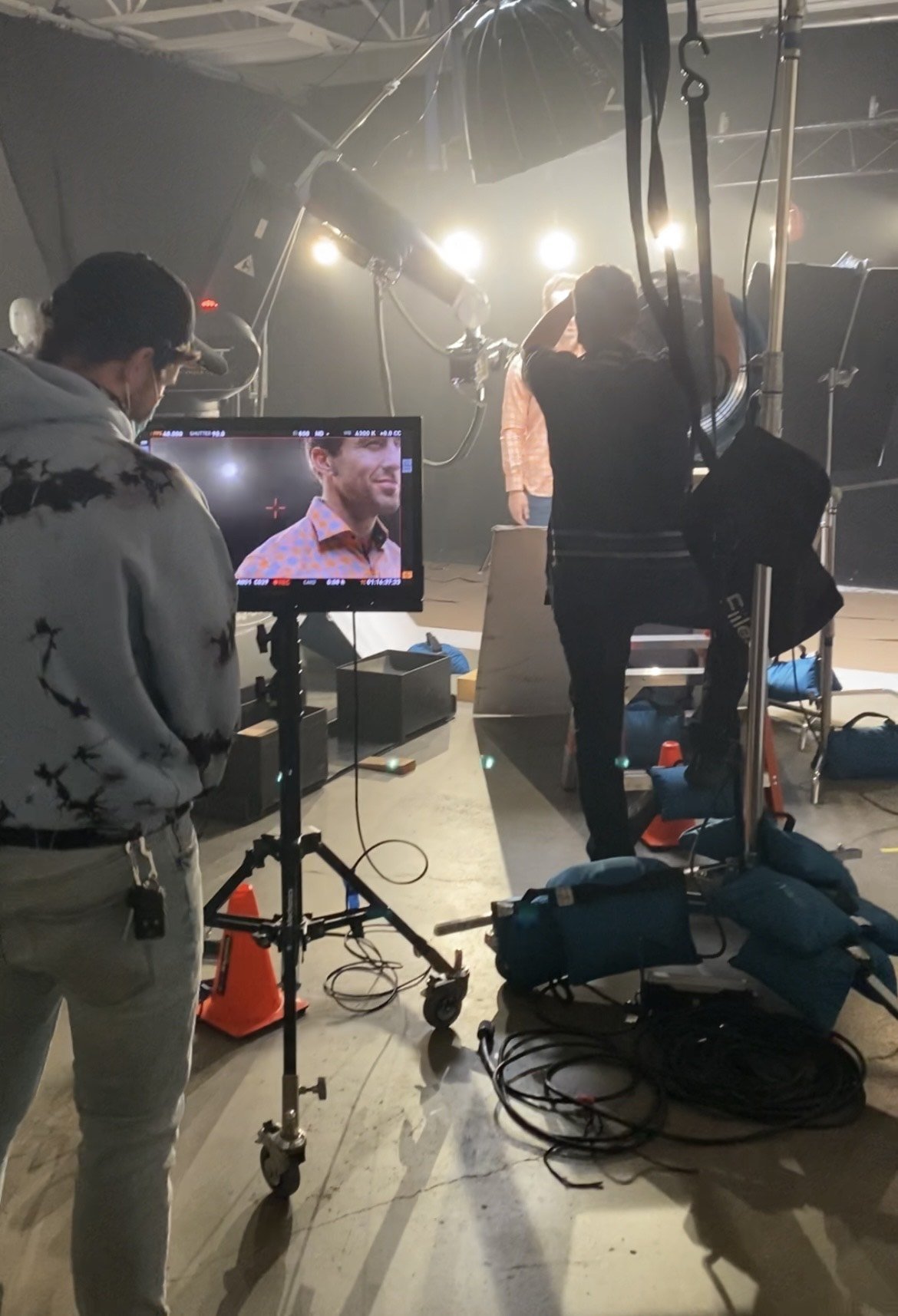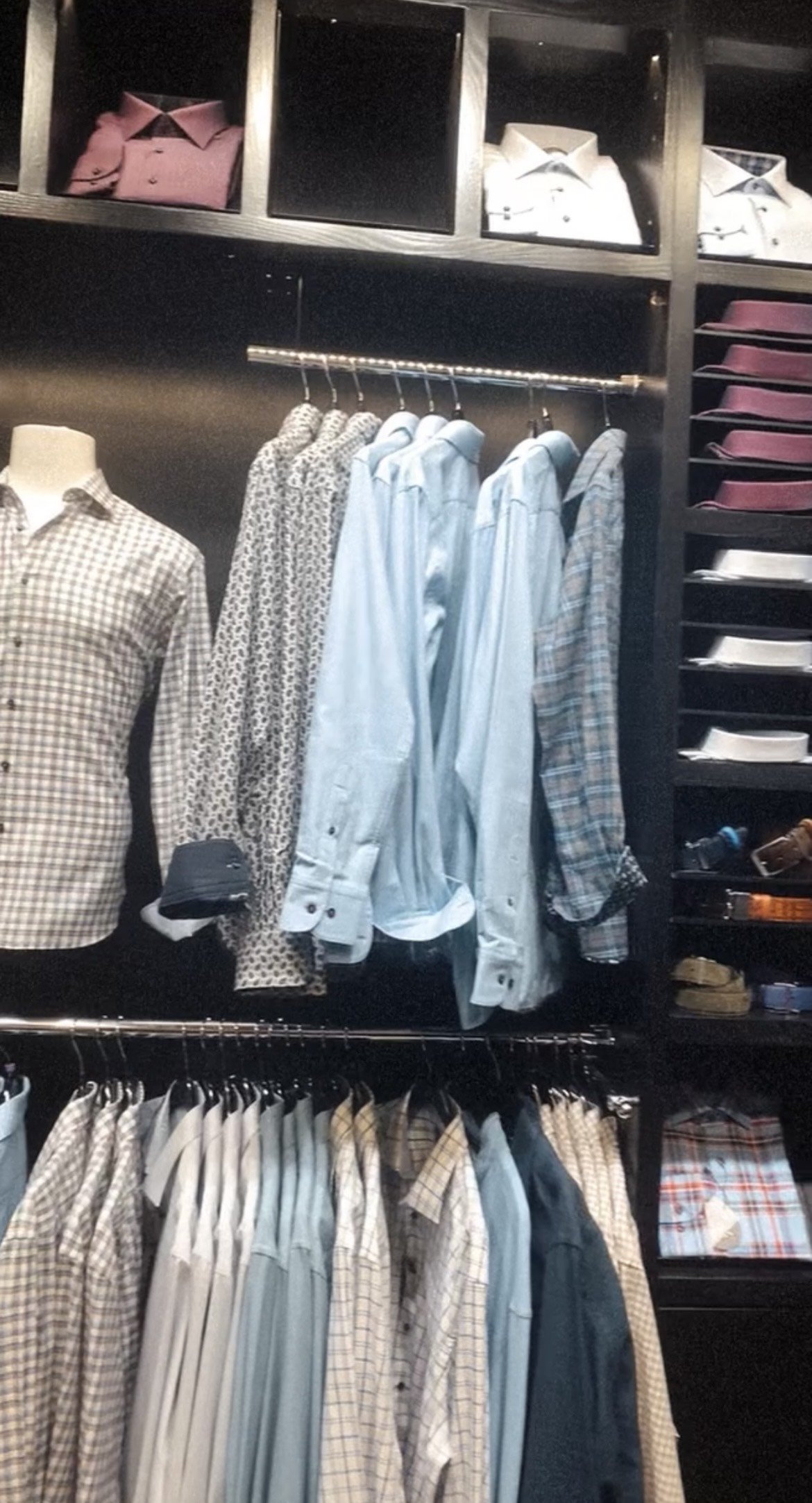The Fashion Blueprint: Collection Launch Guide
“Create What You Wish Existed & The World Will Take Notice.”
Stage 01: Ideation Before Creation
When you’re thinking of developing your next clothing collection, you may want to consider the following:
What is the inspiration behind the collection you are developing? What is the theme or story behind the creation?
Which season is your collection for?
Which colors, patterns, or materials will be influential pieces to the collection?
How should your customers style your pieces?
Which events or activities might your customer be wearing the collection for?
What is the lifestyle of your customer?
Once you have an understanding of the materials, purpose, story and style your collection will bring to your audience, you’re ready for the next step.
Ways to Conceptualize Your Collection Ideas:
Inspiration and Fashion Trend Research: Be mindful of current trends and popular fashion publications and how they may relate to your next collection. Be inspired by your audience’s interests. Research market trends, runway shows, your consumer behavior, and keep an eye on what’s working for your competitors.
Fashion Sketches: Hand Drawn or Digital.
Mood Boards: Visualize your thoughts regarding fabrics, patterns, colors, styles, photoshoot images, marketing and social strategies, and more.
Tech Packs: Using CAD (Computer Aided Designs) platforms and softwares to create a digital outline for your manufacturer to follow as they develop samples and/or the final bulk product.
Fabric & Materials Selection: As you research materials needed for your garments, keep in mind your budget. Will you be developing your product through wholesale buying or through cut & sew manufacturing? Wholesale is generally a cheaper option for startup fashion brands.
Stage 02: Sourcing & Logistics
It’s important to feel confident in your collection prior to diving into production. Production may not always be a smooth sailing process, especially if you are working with suppliers and manufacturers for the first time. Many issues may arise including delayed production, defective garments, and unexpected costs.
Take it one step at a time, and prepare your collection at least 6 months to a year in advance of your launch date.
PRODUCTION GUIDE:
Source & Order Materials: Research multiple options for wholesale suppliers or cut & sew manufacturers. Compare prices, look at reviews, book a call with the manufacturers, and understand the quality prior to placing any orders. Consider your brand values throughout your research process. For example, if your brand values and markets sustainability then you need to consider the manufacturers production and social responsibility practices.
Select Manufacturer / Supplier and Request a Sample: Always request a sample from your suppliers prior to placing the final bulk order. You may need to make adjustments based on the sample’s outcome. Work with your manufacturer to communicate final details and costs, and once all is agreed upon you may place your final order. It is vital to trust your manufacturers and build a strong relationship with them throughout the development process.
Create & Send Artwork / Tech Packs to Manufacturers: Communicate with your manufacturer on the files and documents they need to properly perform final production. Materials may include artwork and design files, tech packs, or written instructions on garment fabrics, measurements and placements.
Document All Steps in Product Development Calendar: It is important to have a Product Development Calendar, also known as a Time and Action Calendar, to not miss any movement on production progress. Product Development Calendar elements include: phase progress, suppliers, timelines, document costs and further take note of any quality control issues or delays that could affect other departments. Manage deadlines for sample approvals, bulk production, and delivery.
Retail Pricing Framework: Use data from production costs to develop your collection’s retail pricing framework. Fashion product profit margins are typically between 30% - 60%, but select what makes sense for you and your customers. Be aware of upcoming sales within your brand and how this may effect profits.
Logistics and Shipping Coordination: Manage the transport of samples or finalized products to warehouses or retailers. Document shipping costs.
Problem Solving & Quality Control: Address production issues such as fabric or material delays, garment defects, unexpected costs or miscommunication with suppliers.
Remember, this process could take anywhere between 4 - 6 months depending on the manufacturers you are working with. Be patient, be confident, and always communicate with your suppliers to ensure a seamless process.
Stage 03: Launch Your Collection (E-Commerce)
Once you’ve received your final bulk production, you’re ready for the final stage of successfully launching a collection to your audience.
Quality Control Assessment: First, it is urgent to check the quality of your final products prior to sending any garments to customers. If a customer receives a defective product, this could reflect poorly on your brand.
Set Price / Document Profits & Margins: Use production cost data to determine your retail pricing framework. Select a price that makes sense for your business and customers.
E-Commerce & Lifestyle Photoshoots: Now that you have your final product in hand, it’s time to create your brand content. E-Commerce style photos highlight only the product - the images should close-up and detailed product shots for your website images. Lifestyle photoshoots are more creative and involve incorporating models to tell the story of your collection, bringing the piece to life. Photoshoots can be costly, therefore you should visually plan your content in advance through mood boards or discuss with the photographer in advance the style you are going for.
Tease Your New Collection to Your Customers: Get your customers excited about what’s to come. Create buzz and excitement surrounding your upcoming launch by showcasing sneak previews of the looks, behind the scenes content, or hint at the themes or color schemes of the collection.
Create Your Product on Shopify or E-Commerce Platform: Include a strong product description, product E-Commerce photos, pricing, and any variations that align with your product. Set product to ‘Active’ when you are ready to launch.
Marketing for the Launch: Share your collection’s story visually by illustrating the lifestyle and emotions your pieces create. Your audience should be able to relate to your content and see themselves in the pieces and narrative. Be clear on your collection’s theme and use it consistently in visuals. Mix and match your content with lifestyle images, e-commerce images, and take advantage of UGC content by posting real customers enjoying your products.
Be Cohesive and Consistent Across Brand Channels: Your social media messaging and visuals should be consistent with your website, emails, or in-store displays.
Host a Collection Launch Pop-Up: Invite your audience to a personal in-brand shopping experience. Tease your pop-up in advance to attract guests. Have exclusive offers for guests such as discounts or free items. Treat your guests to snacks and refreshments. Utilize attention-grabbing displays and include interactive elements such as photo-booths, customization stations, or interactive look book kiosks. Hire a photographer and/or videographer to capture content for your brand’s event.
Every brand will be unique in their production and collection launch processes. Be inspired by what works for others and find what works best for you! Be confident in your collection - the world is waiting for it!





